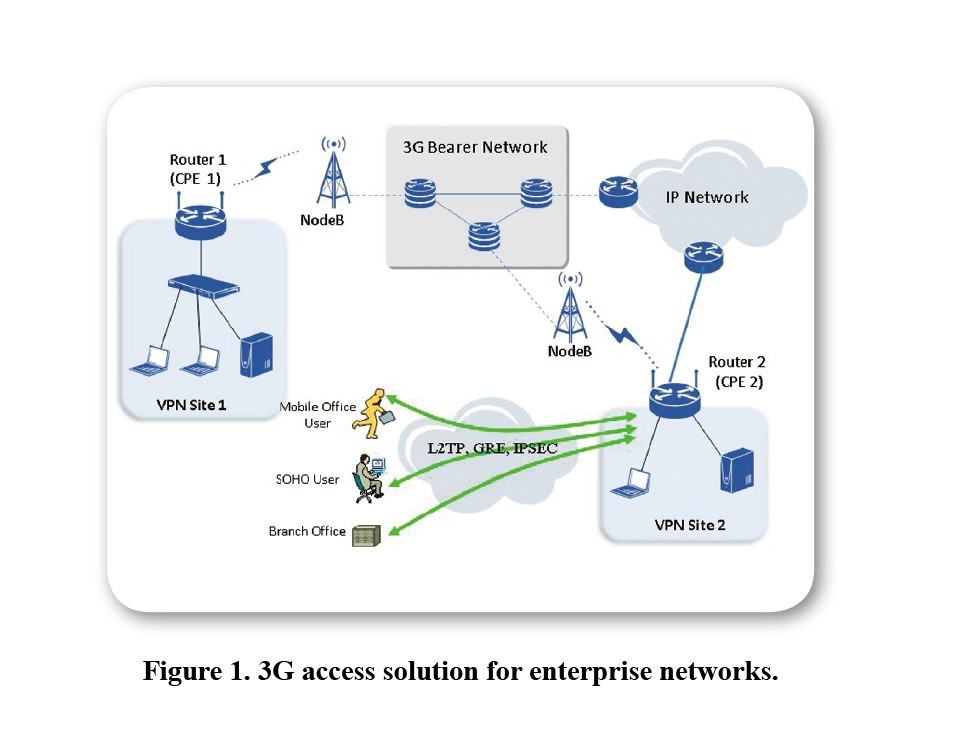Vodafone: Exploring the Enterprise Network Market in India
India’s 3G licensing auction, which came to an end in May 2010, raised 677.2 billion rupees (US $14.6 billion). This amount of money raised the question of whether it was worthwhile for a wireless operator to spend so much on a 3G license in light of the expected return.
India’s telecom market is well known as being fiercely competitive, and nearly all telecom operators in India have suffered from relentless price wars. India’s telecom services are the lowest priced anywhere in the world and have attracted a mass of users. However, there has been no corresponding increase in return for operators because of low average revenue per user (ARPU) as well as high operating costs. All telecom operators in India now have to work out how to increase operating income and return.
As with other operators who have pinned their hopes on India’s 3G market, Vodafone has also concentrated its efforts on developing 3G services for individuals. Vodafone is also seeking 3G business from large clients. For reasons related to society, politics, and economy, wired networks in India have limited coverage. Optical cables and copper wires are also often damaged by road construction and unstable voltage in India, so wired networks can be unreliable. These factors would significantly affect enterprise users—who are the biggest customers with high ARPU for an operator.

As 3G wireless access networks advance in India, Vodafone has launched 3G wireless routers as CPEs for enterprise networks. These routers provide wireless broadband access in areas not covered by wired networks and can also be used as standby access links in areas covered by wired networks. This helps Vodafone greatly improve coverage and reliability of its enterprise network access services. These services have become a trump card for Vodafone in competing for high-end enterprise users.
To sustain development and retain enterprise users, it is necessary to enhance loyalty of enterprise users. Providing broadband access is not enough. Broadband access only satisfies the basic needs of Internet. Enterprises demand multiservice access gateways, such as IPSEC VPN, L2TP VPN, or L2TP over IPSEC, for safe remote access to enterprise networks. They also demand gateways with firewalls, to protect against hackers, and gateways with various interfaces, such as E1 and POS for multilink access. To provide enterprises with complete 3G access solutions, Vodafone has developed versatile CPEs that can be flexibly deployed to meet user demands.
After much market research, inquiry, and on-site testing, Vodafone selected ZTE’s ZXR10 ZSR smart router as its CPE for 3G access. ZSR series routers are specially designed for enterprise networks. They support all standard 3G wireless access modes—WCDMA, CDMA2000, and TD-SCDMA—and has diverse physical interfaces (Ethernet, E1 and POS). ZSR has a built-in firewall that can protect enterprise networks against hackers. ZSR also provides L2TP VPN and IPSEC VPN services for safe remote access to enterprise networks.
Vodafone depends on the features of ZSR to provide enterprise users with a complete 3G wireless access solution. This lays a solid foundation for Vodafone to develop India’s enterprise market, which is valued at US$ 2 billion.